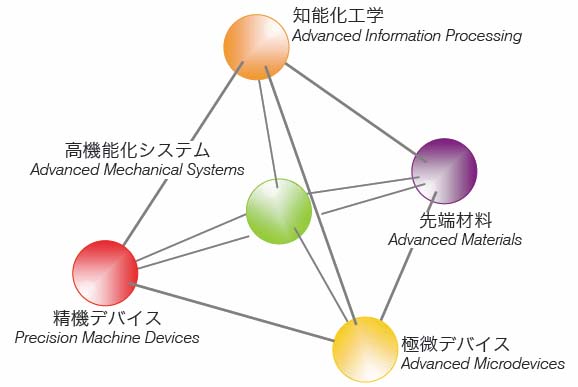高级检索

In this study, to promote the translation and digitization of historical documents, we attempted to recognize Japanese classical kuzushiji characters by using the dataset released by the Center for Open Data in the Humanities CODH. Using deep learning, which has undergone remarkable development in the field of image classification, we analyzed how successfully deep learning could classify more than 1,500-class kuzushiji characters through experiments, and what made it difficult to classify kuzushiji characters. In addition, we introduced a method to automatically eliminate characters that were difficult to classify or characters that were not used during training. Finally, our experiments showed that the classification rate was improved from 72. While recognizing an image taken from an arbitrary angle in a real environment, it may be challenging to obtain a good recognition result on occasion. That is, the recognition accuracy is affected by changing the viewpoint object viewing direction. This phenomenon could come from the fact that people photograph target objects on well explainable aspect. It has been known empirically that the recognition rate varies depending on the viewpoint so far, but this topic remains underdeveloped. Therefore, in this research, we aim to clarify and visualize the existence of viewpoint biases in existing large object recognition image datasets. We also quantify the viewpoint biases by a definition of viewpoint bias index. We propose a method for classifying gender using training samples after applying privacy-protection. Recently, training samples containing individuals require to protect their privacy. Head regions of training sample are usually manipulated for privacy-protection. However, the accuracy of gender classification is degraded when directly using the protected training samples. Here, we aim to use the human visual capability that people can correctly recognize males and females though the head regions are manipulated. We use gaze distributions of observers who view stimulus images for the preprocessing of gender classifier. Experimental results show that our method improved the accuracy of gender classification after manipulating the training samples by masking, pixelation and blur for privacy-protection. In this paper, a novel setting is tackled in which a neural network generates object images with transferred attributes, by conditioning on natural language commands. Conventional methods for object image transformation have used visual attributes, which are components that describe the object's color, posture, etc. This paper builds on this approach and finds an algorithm to precisely extract information from natural language commands, which transfers the attributes of an image and completes this image translation model. The effectiveness of our information extraction model is experimented, with additional tests to see if the change in visual attributes is correctly seen in the image.
次の
